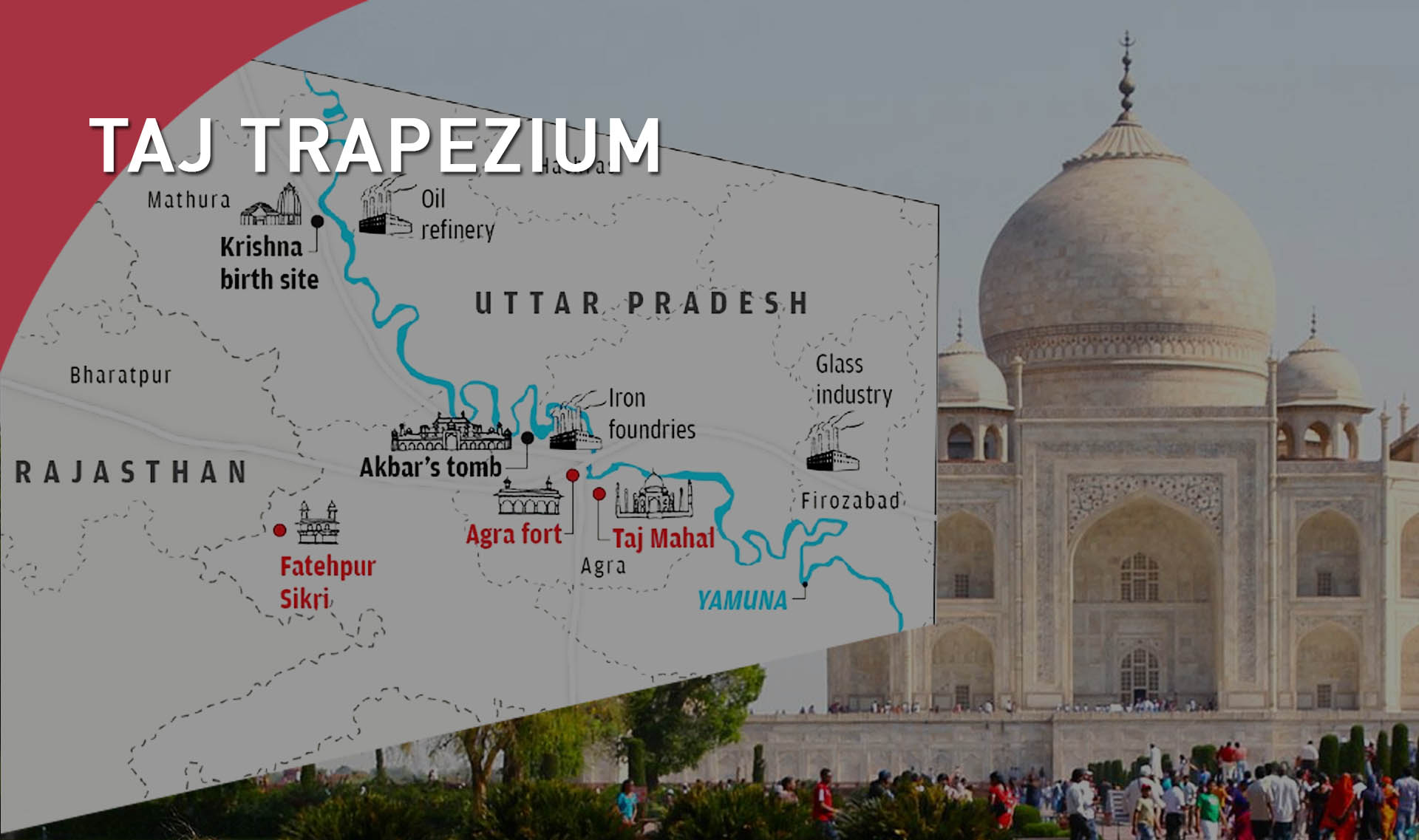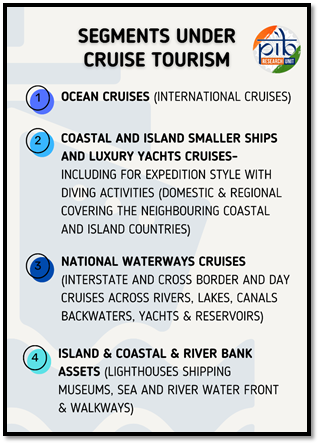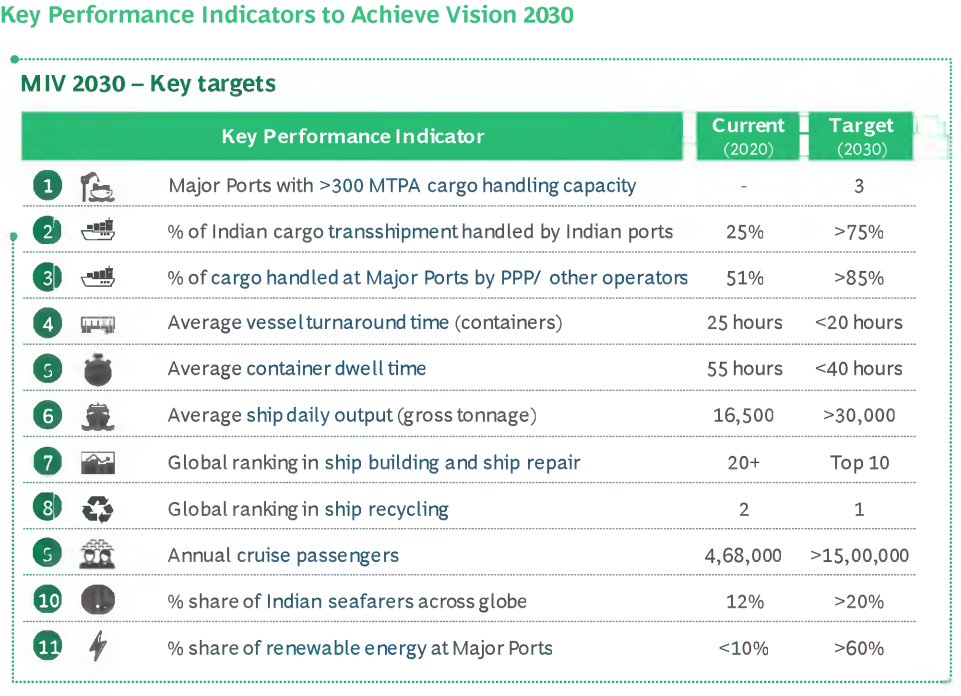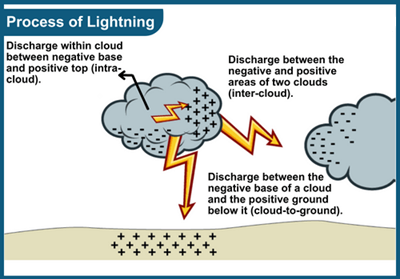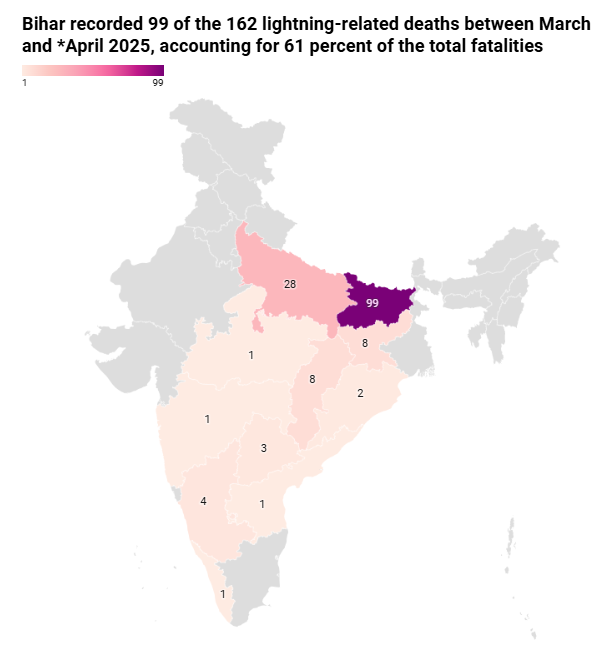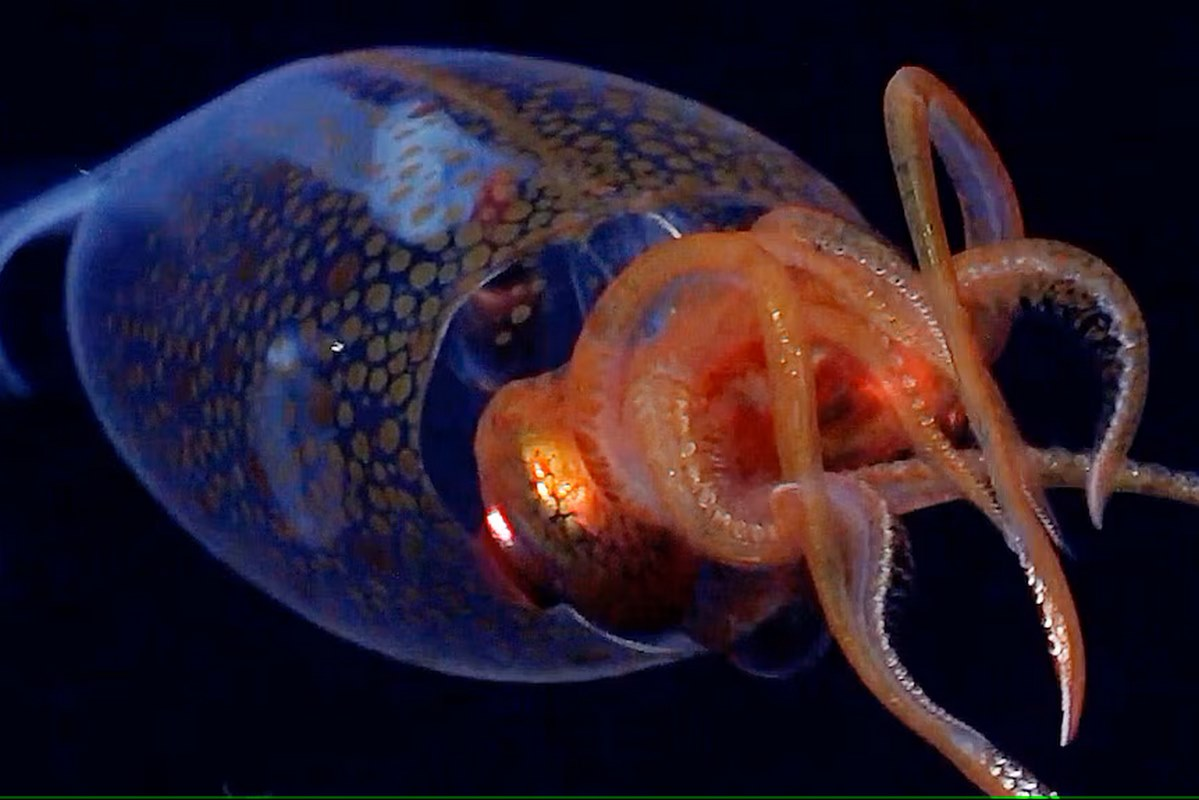Indian Heritage & Culture
Safeguarding the Taj Mahal
For Prelims: Supreme Court of India, National Environmental Engineering Research Institute, Taj Trapezium Zone, Taj Mahal
For Mains: Industrialization vs Heritage Conservation, Conservation of Heritage Sites in India, Role of Judiciary in Environmental Protection
Why in News?
The Supreme Court (SC) of India has directed the National Environmental Engineering Research Institute (NEERI) to assess the environmental impact of nearby glass industrial units on the Taj Mahal.
- The directive comes amid growing concerns over industrial pollution in the Taj Trapezium Zone (TTZ), a sensitive area surrounding the world heritage site.
What are the Key Facts About Taj Mahal?
- Historical Background: Taj Mahal was commissioned by Mughal Emperor Shah Jahan in memory of his wife Mumtaz Mahal, and Ustad-Ahmad Lahori is credited as the chief architect.
- Construction started in 1632 AD and completed in 1648 AD; ancillary structures were completed by 1653 AD. It was built by artisans from across the Mughal Empire, Central Asia, and Iran.
- Location & Layout: Taj Mahal is situated on the right bank of Yamuna in Agra, Uttar Pradesh. It is enclosed within a 17-hectare Mughal garden which follows the Timurid-Persian Charbagh layout with four subdivided quarters.
- Materials Used: Constructed with brick-in-lime mortar, red sandstone, and white marble (quarried from Makrana (Rajasthan) for the main structure).
- Extensive inlay work was done using gemstones like jade, crystal, turquoise, lapis lazuli, etc.
- Architectural Features: The entire complex (tomb, mosque, guest house, gate) remains structurally intact.
- The tomb chamber is a perfect octagon, with four additional corner rooms and a central space housing the cenotaphs of Mumtaz Mahal and Shah Jahan. Real graves lie in the lower crypt, following Mughal tradition.
- The tomb’s structure forms a chamfered square, giving it eight sides with deep recessed arches.
- UNESCO World Heritage Recognition: In 1983, UNESCO inscribed the Taj Mahal on the World Heritage List under Criterion (i), recognizing it as a masterpiece of human creative genius.
- It is globally renowned as one of the Seven Wonders of the World.
- Protection and Management: The Taj Mahal was declared a centrally protected monument of national importance in 1920.
- It is managed by the Archaeological Survey of India (ASI). Protected under Ancient Monuments and Archaeological Sites and Remains Act, 1958 & 1959 Rules and is enclosed within TTZ.
- Taj Trapezium Zone (TTZ): It is a defined area of 10,400 sq km around the Taj Mahal to protect the monument from pollution.
- The TTZ comprises monuments including three World Heritage Sites, the Taj Mahal, Agra Fort and Fatehpur Sikri. It is named for its trapezoid-like shape
- TTZ was brought into focus by the Supreme Court’s 1996 judgment (M.C. Mehta vs. Union of India & Ors), which banned the use of coal/coke by industries in the zone and mandated a shift to cleaner fuels like natural gas.
- The zone classifies industries into Red, Orange, Green, and White categories based on pollution levels.
- The TTZ framework is responsible for pollution control, air quality monitoring, and ensuring the long-term preservation of the Taj Mahal’s environmental integrity.
What are the Threats to the Taj Mahal?
- Hota Committee (2016): The Hota Committee's investigation into pollution sources around the Taj Mahal concluded that local sources, including vehicular emissions, biomass burning, and construction activities, significantly contribute to air pollution in Agra.
- 262nd Parliamentary Report (2015): The 262nd report by the Parliamentary Standing Committee on Science and Technology, Environment, and Forests highlighted the TTZ Authority, set up in 1999 to protect the Taj Mahal, suffers from a lack of staff, funds, and structure, making it ineffective.
- Pollution from vehicles, industries, and untreated sewage has caused black and brown carbon deposits, discoloring the Taj’s marble.
- Illegal industrial expansion and poor enforcement further threaten the monument’s preservation.
- Varadharajan Committee (1977): The committee raised concerns over high Suspended Particulate Matter (SPM) around the Taj Mahal, primarily from coal-using industries.
- NEERI Report (2016): NEERI's assessment revealed that concentrations of particulate matter (PM2.5 and PM10) exceeded permissible limits in Firozabad, which falls within the TTZ.
- The Mathura Refinery were identified as significant distant sources contributing to the pollution affecting the Taj Mahal.
National Environmental Engineering Research Institute
- NEERI, established in 1958 in Nagpur, is a premier research institute under the Council of Scientific and Industrial Research (CSIR), functioning under the Ministry of Science and Technology.
- It plays a vital role in environmental management, pollution control, and sustainable development through R&D, policy development, and technology innovation.
- Headquartered in Nagpur, NEERI operates five zonal laboratories in Chennai, Delhi, Hyderabad, Kolkata, and Mumbai.
What Must Be Done to Safeguard the Taj Mahal?
- Adopt Flue Gas Recirculation (FGR): FGR reduces flue gas temperature, thereby minimizing particulate dispersion and improving overall emission quality.
- This technique as recommended by NEERI should be implemented as a standard practice in the glass industry to control dust emissions effectively.
- Integrate Low-NOx burners to minimize nitrogen oxide production during combustion.
- Transition to Clean Energy: Ensure all industries within TTZ adopt cleaner fuels like piped natural gas (PNG) or renewable sources under schemes such as the Ujjwala Yojana (for cleaner domestic fuels) and SATAT (Sustainable Alternative Towards Affordable Transportation).
- Integrated Traffic Management: Accelerate the expansion of Agra Metro, and Promote non-motorized transit (cycle tracks, e-rickshaws) to reduce vehicular emissions.
- Restrict entry of polluting vehicles near heritage sites, aligning with the National Electric Mobility Mission Plan (NEMMP).
- Institutional Strengthening: Provide statutory powers, and earmarked budget to the TTZ Authority.
- Enforce strict penalties for violation of Supreme Court orders and environmental norms under the Environment Protection Act, 1986.
- Invoke and enforce constitutional provisions like Article 48A (environment protection by the state) and Article 51A(g) (duty of citizens to protect the environment).
- Relocate Polluting Industries: As SC intended, accelerate the relocation of industries identified as heavy polluters. Restrict establishment of new polluting units.
|
Drishti Mains Question: The Taj Trapezium Zone (TTZ) was created to shield the Taj Mahal from environmental threats. Critically assess the effectiveness of TTZ in achieving its objective. |


Important Facts For Prelims
Cruise Tourism in India
Why in News?
India is boosting cruise tourism through the Cruise Bharat Mission(CBM), Maritime India Vision (MIV-2030), and new IWAI led partnerships, aiming to become a global hub across rivers and coasts.
What are the Key Facts Related to Cruise Tourism?
- Cruise Tourism: It is a form of leisure travel that combines travel, hospitality, and sightseeing via ocean cruises (on seas) and river cruises (on inland waterways), offering a unique leisure experience.
- India's Natural Advantage: India has a 7,500 km coastline, 12 major and around 200 minor ports, and 111 National Waterways covering over 20,000 km of navigable rivers and canals.
- Over 1,300 islands and coastal states boost India’s oceanic and inland cruise tourism potential.
- Recent Developments in River Cruise Tourism:
- Yamuna (Delhi): MoU signed in March 2025 between IWAI and Delhi Govt to develop a 4-km eco-friendly cruise on NW-110 using electric-solar hybrid boats.
- Jammu & Kashmir: MoU (March 2025) signed for cruise development on Chenab (NW-26), Jhelum (NW-49), and Ravi (NW-84).
- Madhya Pradesh & Gujarat: Cruise services launched on Kukshi–Sardar Sarovar route under a tripartite agreement.
- River Cruise Tourism Roadmap 2047: Launched at first Inland Waterways Development Council (IWDC) as part of Maritime Amrit Kaal Vision 2047, focusing on 4 pillars- Infrastructure, Integration, Accessibility, and Policy.
What are India's Initiatives to Promote Cruise Tourism?
- CBM: CBM was launched in 2024 to transform India into a leading cruise tourism destination by 2029.
- Led by the Ministry of Ports, Shipping, and Waterways, it targets doubling cruise passenger traffic by 2029 from 4.71 lakh in FY 2023–24.
- Implemented in 3 phases (2024–2029), the mission includes terminal development, digitalization, decarbonization, and regional alliances (UAE, Maldives, Singapore).
- A National Cruise Infrastructure Master Plan for 2047 and initiatives like e-visas and e-clearance aim to enhance connectivity and tourism.
- MIV: MIV, 2030 aims to make India a key global cruise tourism hub with an 8x growth target over the next decade.
- It focuses on oceanic, coastal, island, and inland cruise development.
- Focus on River Cruise Tourism: River cruise tourism is an emerging sector utilizing India’s biodiversity and cultural heritage. The Inland Waterways Authority of India (IWAI) is developing navigation infrastructure, terminals, and heritage circuits along rivers like the Ganga, Brahmaputra, and Kerala backwaters.
- India also promotes transnational cruises through the Indo-Bangladesh Protocol (IBP) route.
- A major highlight is the MV Ganga Vilas, the world’s longest river cruise, launched in 2023, and listed in the Limca Book of Records.
- India also promotes transnational cruises through the Indo-Bangladesh Protocol (IBP) route.
What is Inland Waterways Transport?Click Here to Read: Inland Waterways Transport |
UPSC Civil Services Examination, Previous Year Question (PYQ)
Prelims
Q. In the context of proposals to the use of hydrogen enriched CNG (H-CNG) as fuel for buses in public transport, consider the following statements: (2019)
- The main advantage of the use of H-CNG is the elimination of carbon monoxide emissions.
- H-CNG as fuel reduces carbon dioxide and hydrocarbon emissions.
- Hydrogen up to one-fifth by volume can be blended with CNG as fuel for buses.
- H-CNG makes the fuel less expensive than CNG.
Which of the statements given above is/are correct?
(a) 1 only
(b) 2 and 3 only
(c) 4 only
(d) 1, 2, 3 and 4
Ans: (b)


Facts for UPSC Mains
Climate Crisis and Gender-Based Violence
Why in News
A report released by the UN Spotlight Initiative shows that climate change is increasing gender based violence (GBV) against women, especially in poor and vulnerable communities.
- The report predicts climate change could cause 1 in 10 intimate partner violence (IPV) cases by 2100 without urgent action.
UN Spotlight Initiative
- The Spotlight Initiative is a global, multi-year partnership between the European Union (EU) and the United Nations (UN) aimed at eliminating all forms of violence against women and girls (VAWG).
What are the UN Report's Findings and Recommendations on Climate-Gender Based Violence?
Key Findings of the UN Report
- Climate Change Increasing GBV: A 1°C rise in temperature leads to a 4.7% increase in intimate partner violence (IPV).
- At 2°C warming, 40 million more women and girls may face IPV annually by 2090; this more than doubles under 3.5°C.
- Limiting warming to 1.5°C could cut IPV rates from 24% to 14% by 2060.
- Disaster-Induced Violence & Underreporting: In 2023, 93.1 million people faced climate disasters, and 423 million women experienced IPV.
- Heatwaves caused a 28% rise in femicide, and post-disaster situations led to increase in child marriage, human trafficking, and sexual exploitation, especially after floods, droughts, and displacement.
- The report describes gender-based violence (GBV) as a "shadow pandemic," noting that one in three women worldwide have experienced physical, sexual, or psychological abuse, with only 7% of survivors reporting the incidents.
- Vulnerable Groups at Highest GBV Risk: Women in poverty, informal settlements, agriculture, Indigenous communities, those with disabilities, the elderly, and LGBTQ+ individuals face higher GBV risks due to limited support systems.
- Women fighting for environmental rights face harassment, violence, abduction, and even murder.
- Huge Gap in Gender-Climate Funding: Only 0.04% of climate-related development assistance focuses primarily on gender equality, showing a major failure to tackle GBV in climate action.
Key Recommendations of the UN Report
- Integrate GBV in Climate Policy: Mainstream gender-based violence prevention into all climate policies and programs at local, national and global levels and increase gender-focused climate funding.
- Prioritize Women’s Safety and Leadership: Ensure women are central to climate solutions as leaders and beneficiaries.
- Recognize and address GBV as a barrier to climate resilience, making it a core part of sustainable development efforts.
- Supporting the capacity of civil society organizations and women's movements, such as the Pacific Feminist Community of Practice, is essential to ensure that gender justice is central to global climate platforms like COP27, promoting inclusive and sustainable climate solutions.
- Adopting International Best Practices: Implementing gender-responsive programs, as seen in Vanuatu, Liberia, and Mozambique, that link gender justice with climate resilience.
- Key measures include re-training former female genital mutilation (FGM) practitioners in climate-smart agriculture, embedding GBV services in disaster response, and deploying mobile health clinics in climate-affected areas.
What Measures can be Adopted for Minimizing the Impact of Climate Change on Women?Click to Read: Measures can be Adopted for Minimizing the Impact of Climate Change on Women |
Conclusion
The climate crisis is a gendered crisis. The UN findings underscore the urgent need to integrate gender equity and violence prevention into the heart of climate strategies. For India and the global community, this means rethinking policy frameworks to be inclusive, responsive, and rights-centered. Only then can we build a climate-resilient future that is safe and just for all.
|
Drishti Mains Question: Examine the link between the climate crisis and gender-based violence. What measures can be taken to incorporate gender-responsive strategies in climate action? |
UPSC Civil Services Examination, Previous Year Question (PYQ)
Prelims
Q. Which of the following gives ‘Global Gender Gap Index’ ranking to the countries of the world? (2017)
(a) World Economic Forum
(b) UN Human Rights Council
(c) UN Women
(d) World Health Organization
Ans: (a)
Mains
Q.1 “Empowering women is the key to control population growth”. Discuss. (2019)
Q.2 Discuss the positive and negative effects of globalization on women in India? (2015)
Q.3 Male membership needs to be encouraged in order to make women’s organizations free from gender bias. Comment. (2013)


Important Facts For Prelims
Lightning
Why in News?
India witnessed a 184% surge in lightning deaths during March-April 2025 across 12 states compared to the same period in 2024, making it the deadliest lightning spell since 2022, according to the Centre for Science and Environment.
What is Lightning?
- About: Lightning is a giant spark of electricity that occurs in the atmosphere. It is a rapid discharge of electrical energy that can occur within a cloud (intra-cloud), between different clouds (cloud-to-cloud), or between a cloud and the ground (cloud-to-ground).
- Formation: In the early stages of a thunderstorm, positive and negative charges build up in different parts of the cloud, with air acting as an insulator between them.
- When the electrical potential becomes strong enough, the air’s insulating capacity breaks down, resulting in a sudden flow of electricity leading to lightning.
- Thunder: It is caused when lightning passes through the air, rapidly heating it to temperatures as high as 50,000 degrees Fahrenheit (which is five times hotter than the surface of the sun), causing it to expand and create a shockwave. This shockwave results in the sound of thunder.
- Lightning Rod: Also known as a lightning conductor, a lightning rod is a metal rod installed on a structure to divert lightning strikes safely into the ground, preventing damage and harm.
- Deaths Due Lightning: National Crime Records Bureau (NCRB)’s Crimes in India Report, 2022 reveals that lightning caused a significant portion of deaths attributed to natural disasters, accounting for 35.8%, surpassing deaths from torrential rains and landslides.
- According to the Annual Lightning Report 2023-24 by the Climate Resilient Observing Systems Promotion Council (CROPC), Madhya Pradesh and Bihar ranked top nationally in lightning-related deaths between 2014 and 2024.
What are the Causes for Rise in Lightning?
- Unstable Weather Conditions: Lightning outbreaks are linked to unstable weather conditions caused by humid easterly winds moving from the Bay of Bengal towards the Himalayan foothills.
- These winds meet western disturbances and the jet stream, intensifying convective activity, which creates ideal conditions for thunderstorms and lightning.
- Pollution and Aerosols: Air pollution, including aerosols and particulate matter, can impact cloud formation and electrical activity in storms.
- Anthropogenic emissions may increase the frequency and intensity of thunderstorms, potentially leading to more lightning strikes.
- Urbanization: It creates the "urban heat island effect," where cities are warmer than surrounding areas due to increased human activity, energy consumption, and impervious surfaces.
- This localized heat can lead to more thunderstorms and, consequently, more lightning strikes.
India’s Key Initiatives Related to Lightning
- Disaster Mitigation Projects: In 2015, a high-level committee, has approved Rs 3,027 crore for disaster mitigation projects, focusing on lightning safety in 50 lightning-prone districts and drought risk mitigation in 49 drought-prone districts, funded by the National Disaster Mitigation Fund (NDMF).
- Lightning Warning System: Indian Meteorological Department has developed a Lightning Warning System since 2018, offering location-specific forecasts for up to 48 hours. The Damini App provides real-time lightning information.
UPSC Civil Services Examination, Previous Year Questions (PYQ)
Q. During a thunderstorm, the thunder in the skies is produced by the (2013)
- meeting of cumulonimbus clouds in the sky
- lightning that separates the nimbus clouds
- violent upward movement of air and water particles
Select the correct answer using the codes given below:
(a) 1 only
(b) 2 and 3
(c) 1 and 3
(d) None of the above produces the thunder
Ans: (d)
- Thunder is the sound produced by the rapid expansion of air, when it is heated by a lightning bolt.
- The air expands so quickly that it makes a loud sound called thunder.
- Therefore, option (d) is the correct answer.

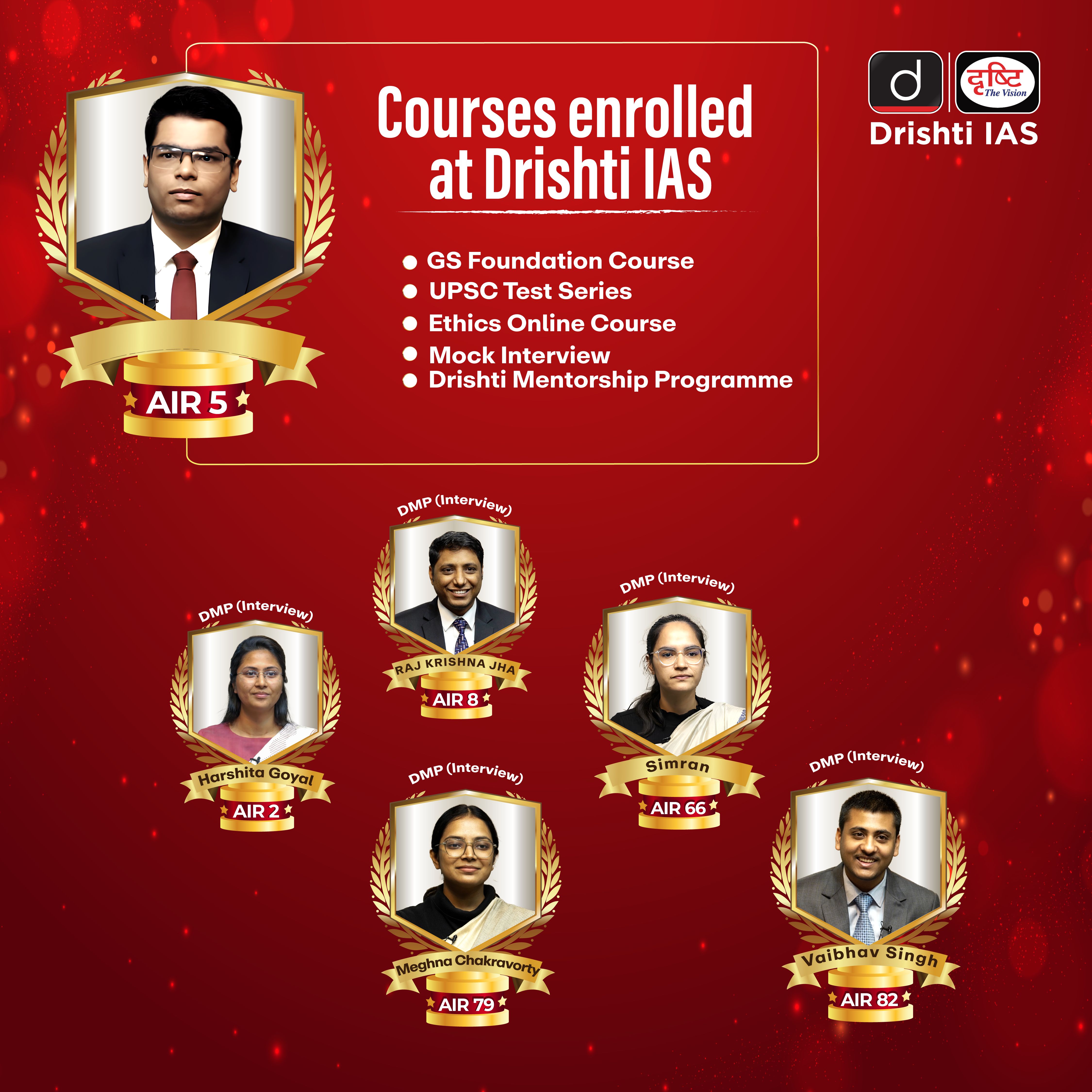
Rapid Fire
Colossal Squid
Researchers captured the first ever image of a live colossal squid (Mesonychoteuthis hamiltoni) at a depth of 2,000 feet.
Colossal Squid
- About: Colossal Squid are the largest known invertebrate on Earth, belong to class Cephalopoda and family Cranchiidae.
- Habitat: Found circumpolar around Antarctica, it inhabits the Southern Ocean mesopelagic (200–1000 m) to bathypelagic (1000–4000 m) zones.
- They are not commercially fished.
- Biological Characteristics: Adults grow up to 14 m and weigh approx 500 kg, with females being larger. Despite its size, it is soft-bodied and boneless.
- Its massive eyes, the largest in the animal kingdom, aid deep-sea vision.
- Tentacles bear powerful swivelling hooks for prey capture and defense. Juveniles are semi-transparent, adults are reddish or purplish with muscular bodies.
- It reproduces via internal fertilization, though mating behaviors remain unknown.
- Feeding: It is a deep-sea predator and feeds on large fish like the Patagonian toothfish and other squids.
- It is preyed upon by sperm whales, juveniles by seals and marine predators.
- IUCN Status: Least Concern.
- Comparison with Giant Squid (Architeuthis dux): Giant squids are longer with slender limbs and more robust.
- Both are among the largest invertebrates, serving as apex predators and key prey for sperm whales.
| Read More: Coelacanth |


Rapid Fire
Lanjia Saora Tribe
The women of the Lanjia Saora tribal group in the Gunupur region of Rayagada district, Odisha, celebrate the mango harvest through traditional dance.
- Lanjia Saora: The Lanjia Saora, a culturally rich and isolated subgroup of the Saora tribe, inhabit the forested hills of Gajapati and Rayagada districts in Odisha, they speak Saora, a Mundari language of the Austroasiatic family.
- The Lanjia Saora perform vibrant dances with spontaneous songs, using brass pipes, cymbals, and gongs. Men wear turbans adorned with crane feathers, while both men and women carry umbrellas, swords, and peacock plumes during the dance.
- Saora Tribe: The Saora are one of the oldest tribes of Odisha, mentioned in the Ramayana and Mahabharata, and also found in parts of Andhra Pradesh, Jharkhand, Madhya Pradesh, and Assam.
- Their unique cultural identity includes ritual art, traditional tattoos (Tantangbo), and distinct economic groups Sudha Saora in the plains practicing wet cultivation and wage work, and Lanjia Saora in the hills relying on shifting and terraced farming.
| Read more: Tribes in Odisha |


Rapid Fire
Section 19 of POCSO Act
The Supreme Court (SC) has agreed to examine concerns raised about Section 19 of the Protection of Children from Sexual Offences (POCSO) Act, 2012.
Section 19 of POCSO Act:
- It mandates mandatory reporting of known or suspected sexual offences by any person, including the child.
- Reports must be made to police in a child-friendly manner. Non-reporting and false complaints are punishable. It aims to ensure immediate care, protection, and timely intervention.
Concerned Raised:
- Section 19’s mandatory reporting clause criminalizes consensual adolescent relationships, discouraging youth from seeking medical help and pushing them toward unregulated care. It also creates a conflict for medical professionals, compromising both autonomy and access to healthcare.
POCSO Act
- About: The POCSO Act was enacted to address sexual exploitation and abuse of children, defining a child as anyone below 18 years.
- It was enacted in consequence to India’s ratification of the UN Convention on the Rights of the Child (1992).
- Key Features:
- The Act is gender-neutral, protecting both boys and girls from sexual abuse. It provides for interim compensation by Special Courts and immediate relief through the Child Welfare Committee (CWC) for urgent needs.
- A support person is appointed to assist the child through legal proceedings. Section 23 ensures confidentiality by prohibiting disclosure of the victim’s identity in the media.
| Read More: Strengthening POCSO Act 2012 |



